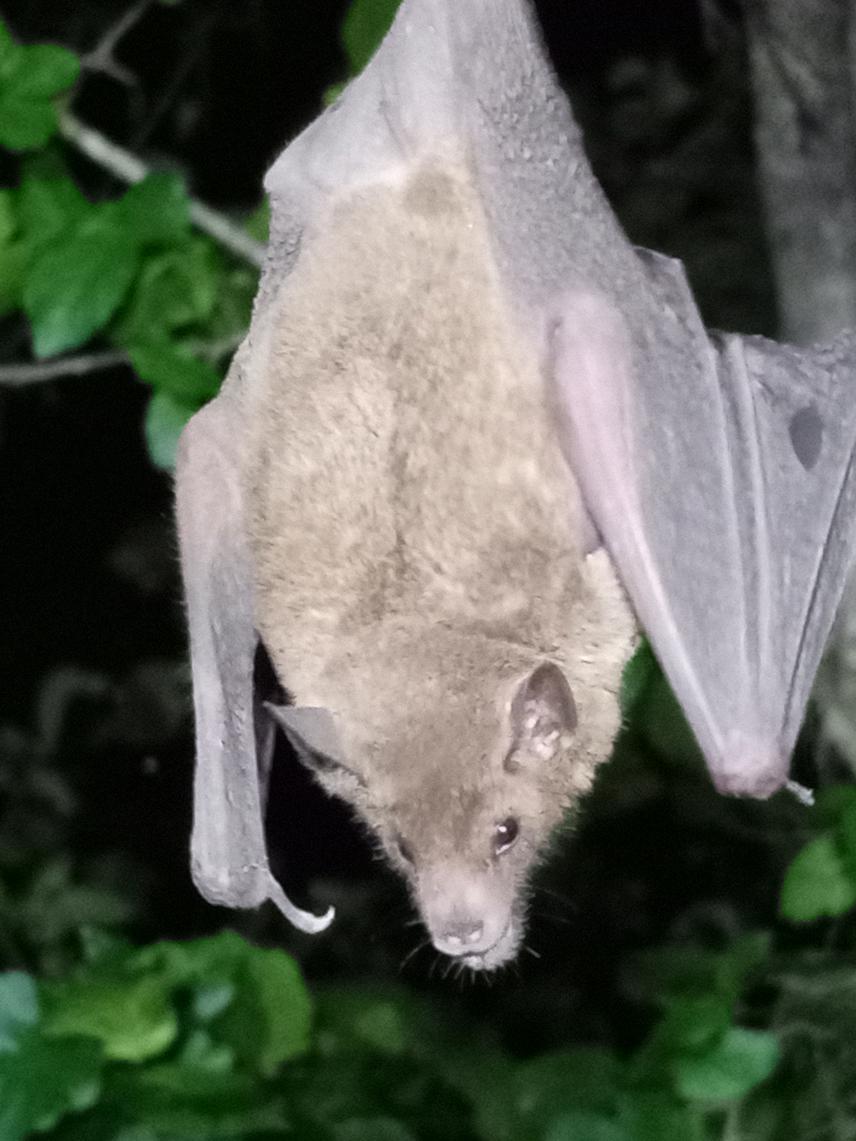New article.
Izchel Gabriela Vargas Jiménez
Wind farms are established in areas with strong wind currents, often without considering the possible effects on flying vertebrates, such as birds and bats. Particularly for bats, between 2000 and 2010, wind farms in the United States killed up to 1.7 million individuals by blade collision (Hayes, 2013), while in Canada the numbers were as high as 400,000 killed bats only during 2012 (Frink et al. 2017).
In Mexico, scientific studies about bat mortality due to blade collision by wind farms are scarce, but wind farms are in regions with the highest bats biodiversity, such as Oaxaca. Evidence shows that the group with the highest mortality rates is the aerial insectivores (Bolivar-Cimé et al. 2016). During the XIII Meeting of the Mexican Association of Mastozoology in 2016, I co-organized the symposium "Impact of wind farms on bats in Mexico", where we proposed to update the Mexican environmental legislation on wind farms (NOM-151) from the Ministry of the Environment and Natural Resources (SEMARNAT) to make mandatory the monitoring and reporting of population dynamics of flying vertebrates in areas with operating wind farms, with special emphasis on bats.

The proposed update to the NOM-151 was rejected by SEMARNAT due to a lack of scientific evidence of the negative effects of wind farms on wildlife. With this experience, I decided to pursue a PhD aiming to contribute with scientific evidence (based on genetic data) on the effects of wind farms on gene flow and genetic diversity in two insectivorous bat species (Pteronotus davyi and Balanteopteryx plicata). Both species are aerial insectivores, particularly P. davyi is one of the species with the most reports of turbine collisions, while B. plicata is likely affected by habitat loss. Although both species are of least concern by the IUCN Red List of Threatened Species, there is no ecological or genetic data on their populations inhabiting areas with wind farms. This project will be the first one to evaluate based on genetic data the effects of wind farms on bat populations and will contribute with useful information to update the Mexican legislation NOM-151.